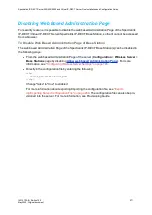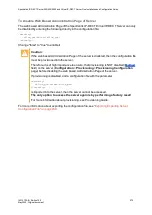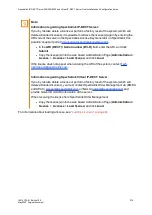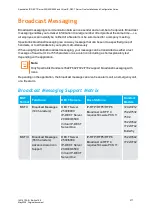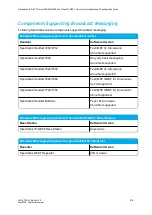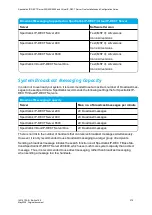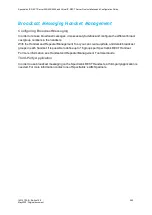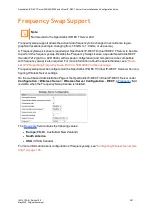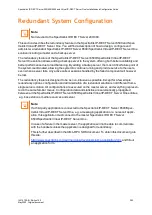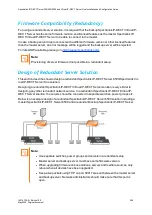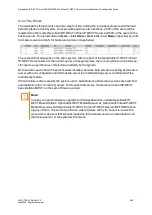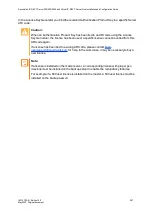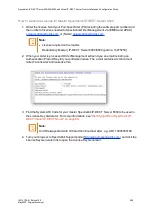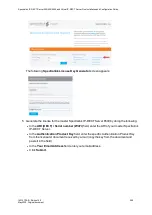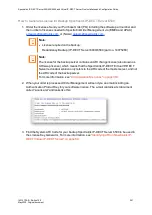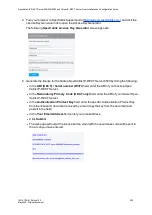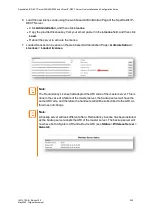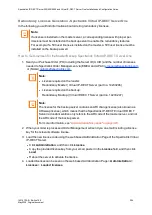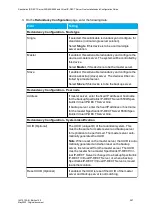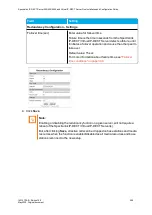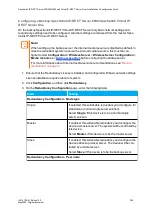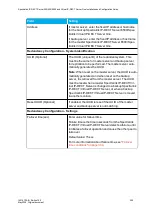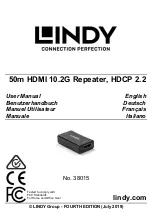
14215700-IG, Edition 15.0
May 2020, Original document
285
How This Works
The redundancy feature works as a two-step function, adding the redundancy feature and the load
balancing feature to the system. All users will be split up in two sections: a 50% of the users will be
registered on the master Spectralink IP-DECT/Virtual IP-DECT Server and 50% of the users on the
backup server. This is indicated on
Users
>
List Users
>
User List
under
Node
(right side) by an M
for master server and an S for backup server (see image below):
The users will not always be on the same system. After a reboot of the Spectralink IP-DECT/Virtual
IP-DECT Servers some of the users may have changed servers, there is no option to connect a spe-
cific user to a specific server, this is done randomly by the system.
Both servers need to have the same licenses installed, because both servers are acting as the same
server with one configuration and the backup server is a load balancing server combined with the
redundancy feature.
When a failure is discovered by the system, users, base stations and media resources are switched
automatically to the “remaining” server. This means that servers, media resources and IP-DECT
base stations MUST run the same firmware version.
Note:
In case you need to firmware upgrade to minimize downtime, update Spectralink IP-
DECT Base Stations, Spectralink DECT Media Resources, Spectralink Virtual IP-DECT
Media Resources and Spectralink IP-DECT/Virtual IP-DECT Servers BEFORE reboot-
ing any of them. This will ensure that no older firmware will try to connect to newer firm-
ware. Also make sure that licenses loaded on to the master server are also loaded on to
the backup server, or the system will not work.
Spectralink IP-DECT Server 200/400/6500 and Virtual IP-DECT Server One Installation and Configuration Guide

